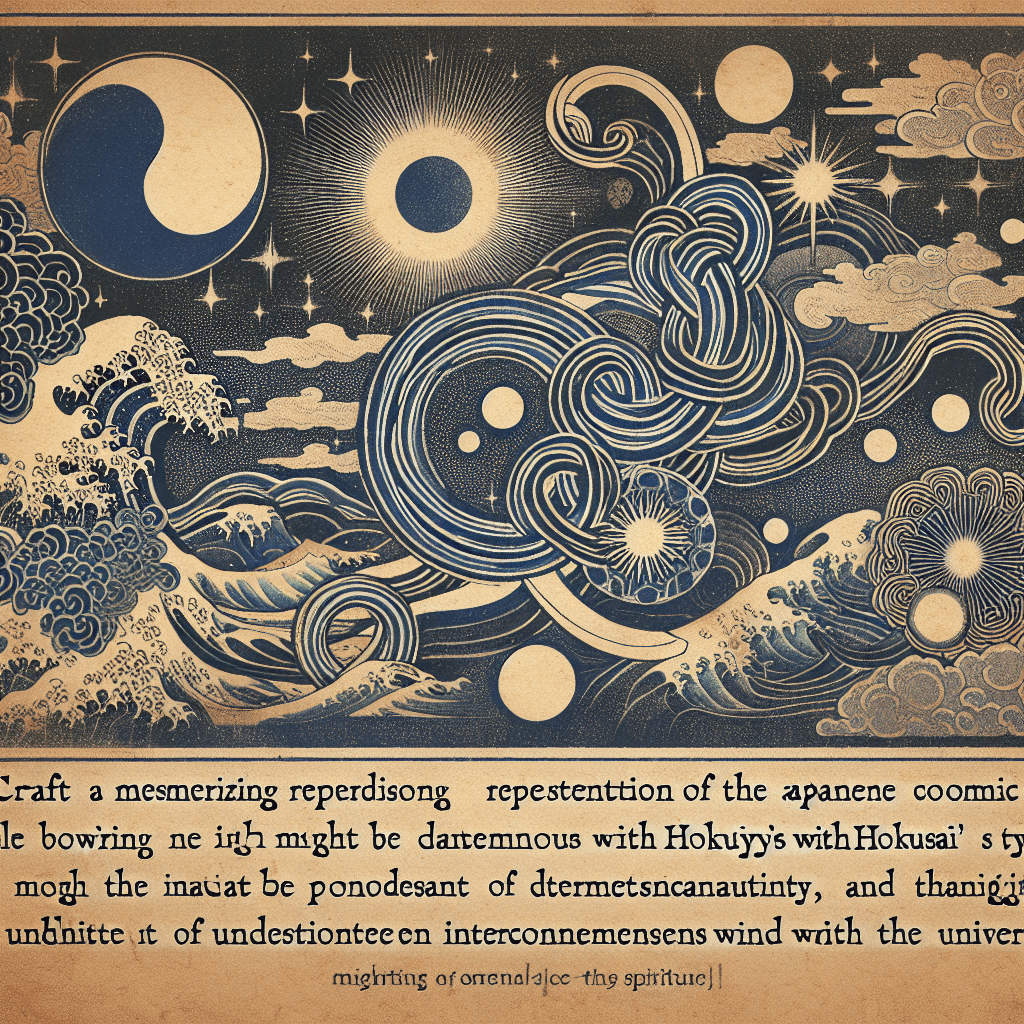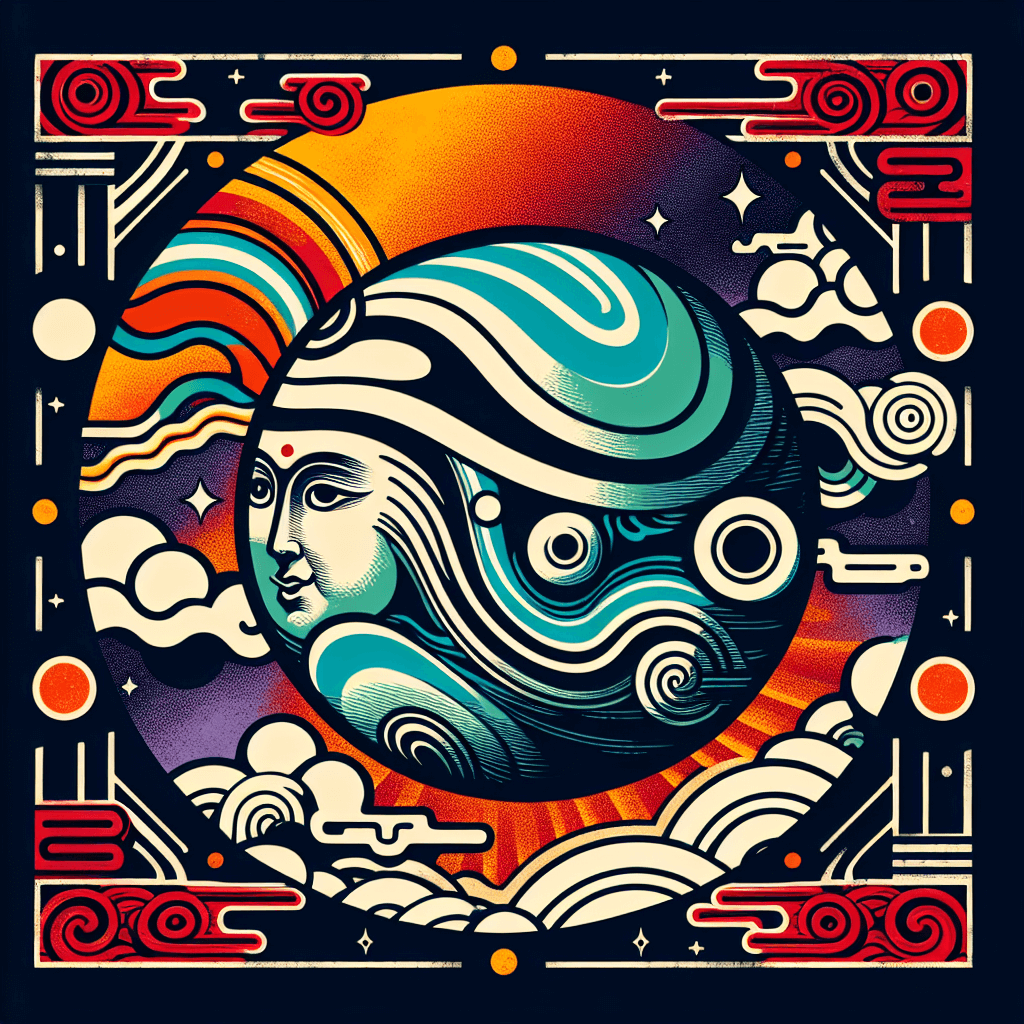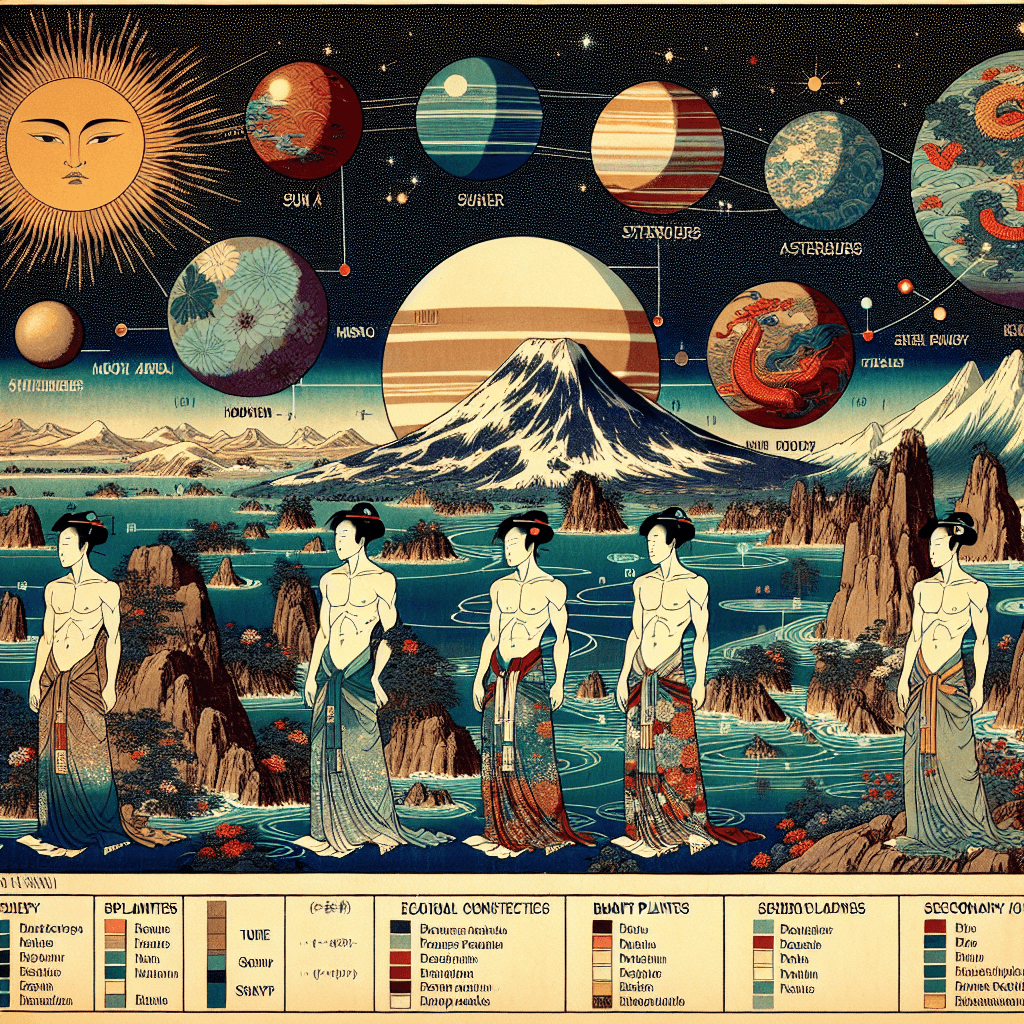Neptune: The Mysterious Blue Giant
syndu | Oct. 28, 2023, 10:28 a.m.

Neptune: The Mysterious Blue Giant
Neptune, the eighth and farthest known planet from the Sun in our solar system, is a world of mystery and intrigue. Named after the Roman god of the sea, its vibrant blue color is a result of methane in the atmosphere. Let's delve deeper into the physical characteristics, atmosphere, climate, and unique features of this fascinating celestial body.
Physical Characteristics:
Neptune is the fourth largest planet in our solar system, with a diameter of about 49,244 kilometers. It is 17 times the mass of Earth and has a very similar composition to Uranus. Both planets have different bulk chemical compositions from those of the larger gas giants, Jupiter and Saturn. Neptune's internal structure consists of an outer envelope of molecular hydrogen, helium, and methane gas, which goes down to depths of about 20% to 30% of the way to the planet's center, reaching pressures several million times that on Earth's surface.
Atmosphere and Climate:
Neptune's atmosphere is made up predominantly of hydrogen and helium, with traces of methane that account for the planet's deep blue color. The atmosphere is notable for its active and visible weather patterns. These weather patterns are driven by the strongest sustained winds of any planet in the solar system, with recorded wind speeds as high as 2,100 kilometers per hour. Neptune's climate is characterized by extremely dynamic storm systems, with winds that reach supersonic speeds and large, circling storms that come and go.
Unique Features and Phenomena:
One of the most unique features of Neptune is its Great Dark Spot, a storm system similar to Jupiter's Great Red Spot. However, unlike Jupiter's storm, which has been observed for at least 300 years, Neptune's Great Dark Spot may appear and disappear over the course of just a few years. Neptune also has a faint and fragmented ring system, which was confirmed by Voyager 2's observations in 1989. These rings are made up of dust particles thought to have been made by tiny meteorites smashing into Neptune's moons.
Neptune's intriguing features and phenomena, its turbulent weather patterns, and its deep blue color make it a fascinating subject of study. As we continue to explore the farthest reaches of our solar system, who knows what other secrets Neptune may reveal?






